Species boasts number of advantages, including disease resistance
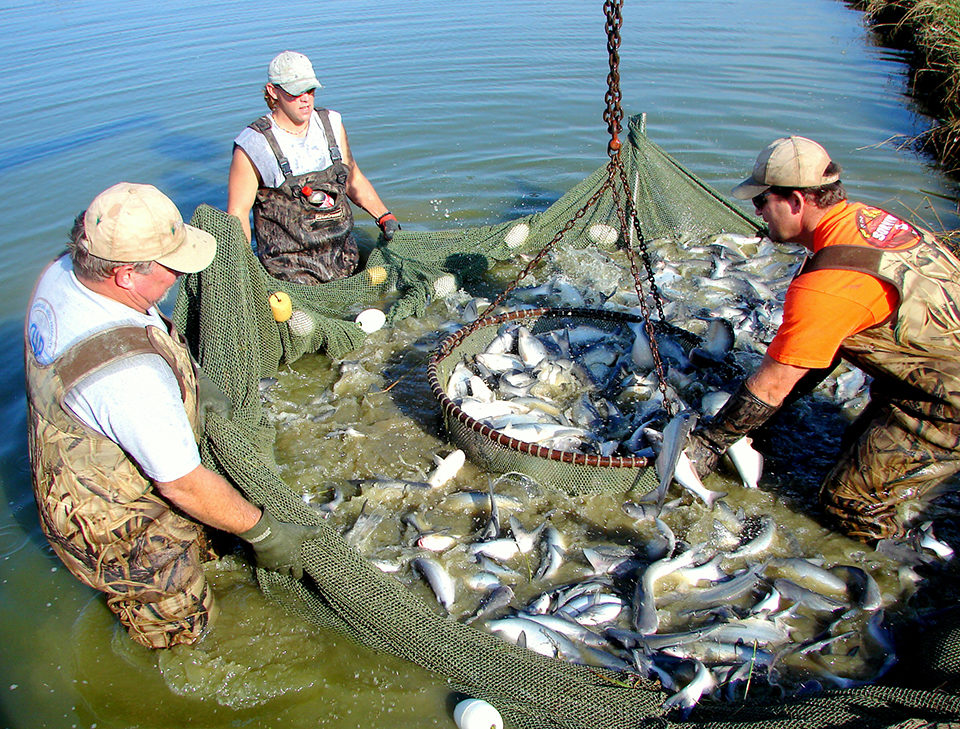
Until recently, channel catfish (Ictalurus punctatus) accounted for nearly all of the commercial catfish food fish production in the United States. However, there is increasing commercial interest in blue catfish (I. furcatus).
Blue catfish are used in the production of hybrid catfish (channel catfish female x blue catfish male), which are becoming increasingly popular with commercial catfish producers in the U.S. Production of hybrid catfish fry has increased from approximately 2 million in 2001 to over 110 million fry in 2011.
Blue characteristics
While valuable for their contribution to the hybrid fish, blue catfish have several desirable characteristics that make them of potential interest as a farmed species. Blue catfish are more resistant than channel catfish to several major diseases, including enteric septicemia of catfish, proliferative gill disease and channel catfish virus. Blue catfish also are more resistant than channel catfish to environmental nitrite, a cause of methemoglobinemia or “brown blood disease.”
Blue catfish are very easy to seine, likely due to their preference for mid-water habitat. A near-total harvest is possible with one seine haul. They normally exhibit uniform growth, and their aggressive feeding nature makes them more desirable for use in pay lakes. When processed, they have a greater whole fish yield (headed, gutted, skinned) than channel catfish.
On the down side, blue catfish yield slightly smaller shank fillets and larger nuggets (lower-valued “belly flap” and meat associated with the rib cage) than channel catfish. They also have sharper pectoral spines, and don’t tolerate handling as well, particularly at high water temperatures. They can take five years to reach sexual maturity, compared to two or three years for channel catfish, requiring greater investment in time and space.
Dissolved oxygen tolerance
Perhaps the greatest potential disadvantage of blue catfish when compared to channel catfish is their reported poorer tolerance of low dissolved-oxygen (D.O.) concentrations. While D.O. concentration can be increased with aeration, a higher D.O. requirement would increase production costs and the risk of anoxia-related mortality.
The author’s Catfish Genetics Research Unit conducted several studies to examine the impacts of lower nighttime D.O. concentrations on the feed intake, growth and production of blue catfish, and directly compared their tolerance to that of channel catfish under low-D.O. conditions.
Growth, production
The growth and production of an unselected commercial strain of channel catfish were similar to those of a D & B strain of blue catfish when reared under high D.O. conditions in 0.4-ha ponds with minimum D.O. concentrations above 4.3 mg/L.
Mean weight gain (0.66 kg), gross production (7,555 kg/ha), net production (6,661 kg/ha), feed intake (15,022 kg/ha) and feed-conversion ratio (2.26) were all similar between species. However, gross production (7,706 and 6,588 kg/ha for blues and channels, respectively) and net production (6,882 and 5,524 kg/ha) were both significantly higher for blue catfish when reared under lower minimum D.O. concentrations – an average minimum D.O. concentration from June through September of 2.45 versus 2.62 mg/L for blues and channels, respectively.
Reduced feed intake
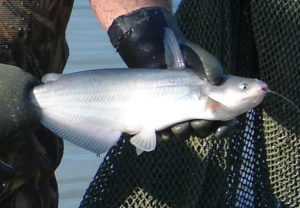
Two additional studies were conducted examining only blue catfish reared under high- and low-D.O. conditions. When the results of these three studies and other previously published studies with channel catfish are summarized (Fig. 1), there is a consistent pattern of reduced feed intake with lower D.O. concentrations.
At mean minimum D.O. concentrations near or above 3.0 ppm, D.O. levels have no significant effect on either blue catfish or channel catfish, with both species showing similar feed intake (shown in chart), growth, production and feed conversion. As the mean minimum D.O. concentration decreases below 3 mg/L, feed intake progressively decreases when compared to controls reared under high-D.O. conditions.
The overall trend is for channel catfish feed intake to be reduced by 5 percent when D.O. concentration decreases to 2.5 ppm (approximately 32 percent mean air saturation), by 13 percent at 2.0 ppm (27 percent saturation) and by 36 percent at 1.5 ppm (19 percent saturation). There is a clear trend for blue catfish to consume more feed than channel catfish at similar D.O. concentrations down to 1.4 mg/L, although this difference is not statistically significant. Although the author cannot say with certainty that blue catfish perform better than channel catfish at lower D.O. concentrations, it appears they do at least as well.
There may be no clear “better fish” when all other comparative research on the two species is considered. Diets, genetics, climates and culture systems all have impacts, but overall, it appears that blue catfish do well enough in most comparisons to justify commercial production in their own right.
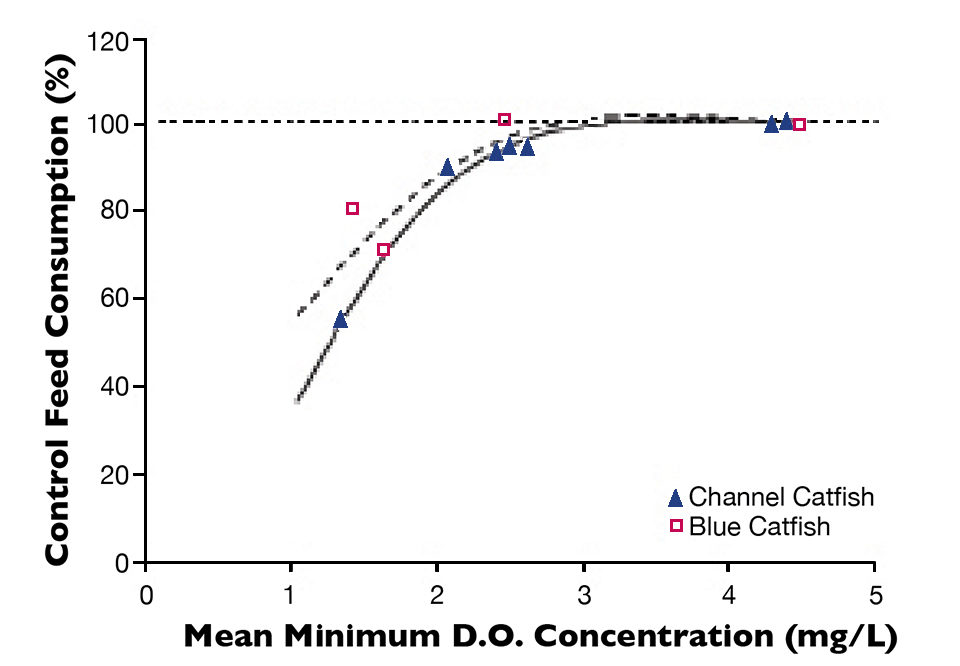
Blue catfish potential
Approximately 10 commercial channel catfish hatcheries in the United States offer or plan to offer hybrids. Most hybrids are produced by hand-stripping eggs from female catfish induced to ovulate with hormone injections. Testes must be surgically removed from male catfish to provide sperm, so male blue catfish cannot be used more than once.
Most producers breed a crop of blue catfish every year or two to replace the males needed for hybrid production. But since a limited number of breeders are required, farmers tend to have excess blue catfish.
When the fish reach market size at 2 years of age, the blue males necessary for the hybrid program could be kept, with the remainder of the fish sold to processors that market whole catfish to take advantage of the superior whole fish yield of blue catfish. While not a large volume compared to the catfish industry as a whole, this small-scale food fish production of blue catfish could turn a profit for both producers and processors.
(Editor’s Note: This article was originally published in the January/February 2012 print edition of the Global Aquaculture Advocate.)
Author
-
Les Torrans, Ph.D.
Research Fishery Biologist
USDA Agricultural Research Service
Catfish Genetics Research Unit
141 Experiment Station Road
P. O. Box 38
Stoneville, Mississippi 38776 USA[118,111,103,46,97,100,115,117,46,115,114,97,64,115,110,97,114,114,111,116,46,115,101,108]
Tagged With
Related Posts
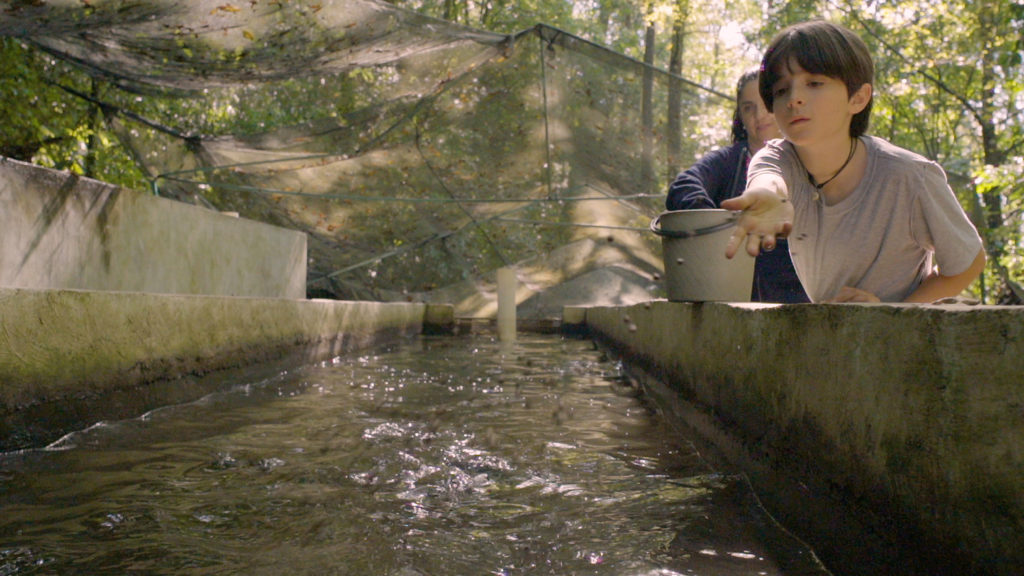
Intelligence
A motive, and a market, for farmed fish in Mexico
Boasting ample areas for aquaculture and a robust domestic demand for seafood – not to mention its close proximity to the U.S. market – a land of opportunity lies in Mexico. Fish farming is primed to meet its potential south of the border.

Innovation & Investment
Aquaculture America 2017: Communication key to the future
This year’s Aquaculture America in San Antonio, Texas, provided significant learning and networking opportunities. It successfully brought together 14 U.S. aquaculture organizations and more than 1,600 participants from Europe, Asia, Africa and Australia.
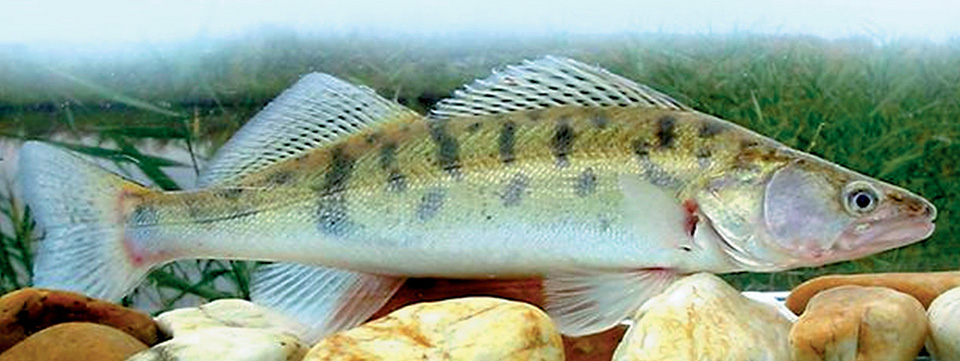
Health & Welfare
Aquaculture in Germany
Germany produces a limited amount of carp, trout, mussels and other species. Although traditional pond-based farms continue to operate, the country’s aquaculture production is trending toward land-based systems that feature efficient resource use and reduced environmental impacts.
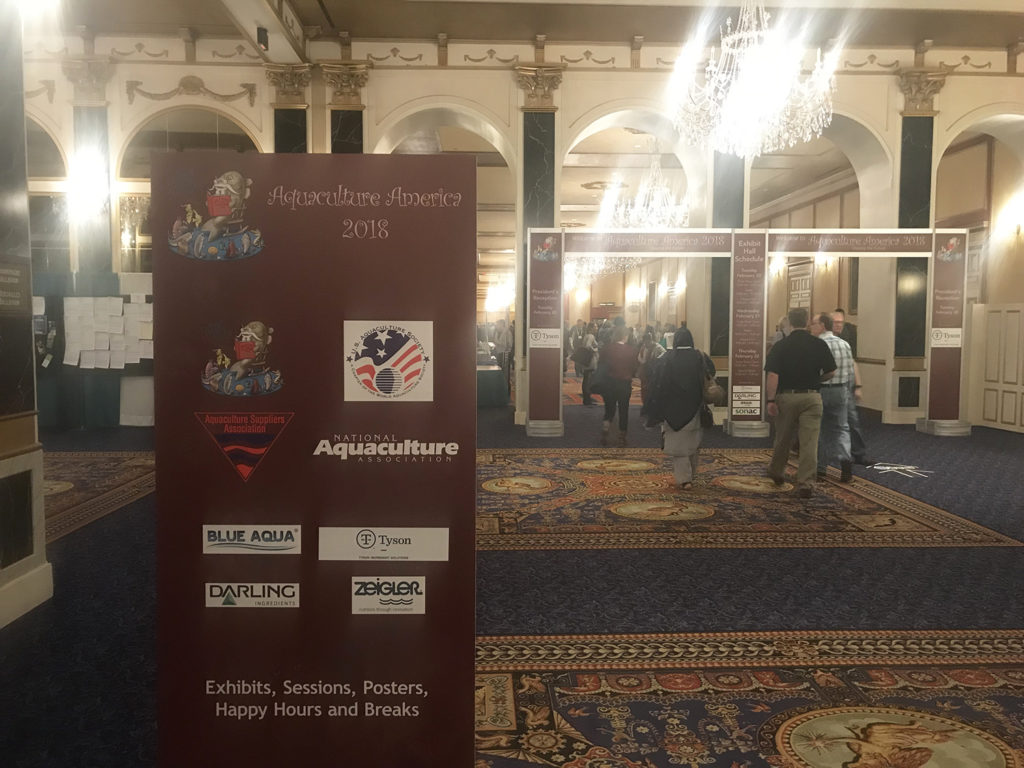
Innovation & Investment
At Aquaculture America 2018, signs of support for thriving domestic industry
Aquaculture must reshape its public narrative in order for the blue revolution to transpire. That’s what many prominent voices were saying at the World Aquaculture Society’s annual U.S. conference in Las Vegas.


